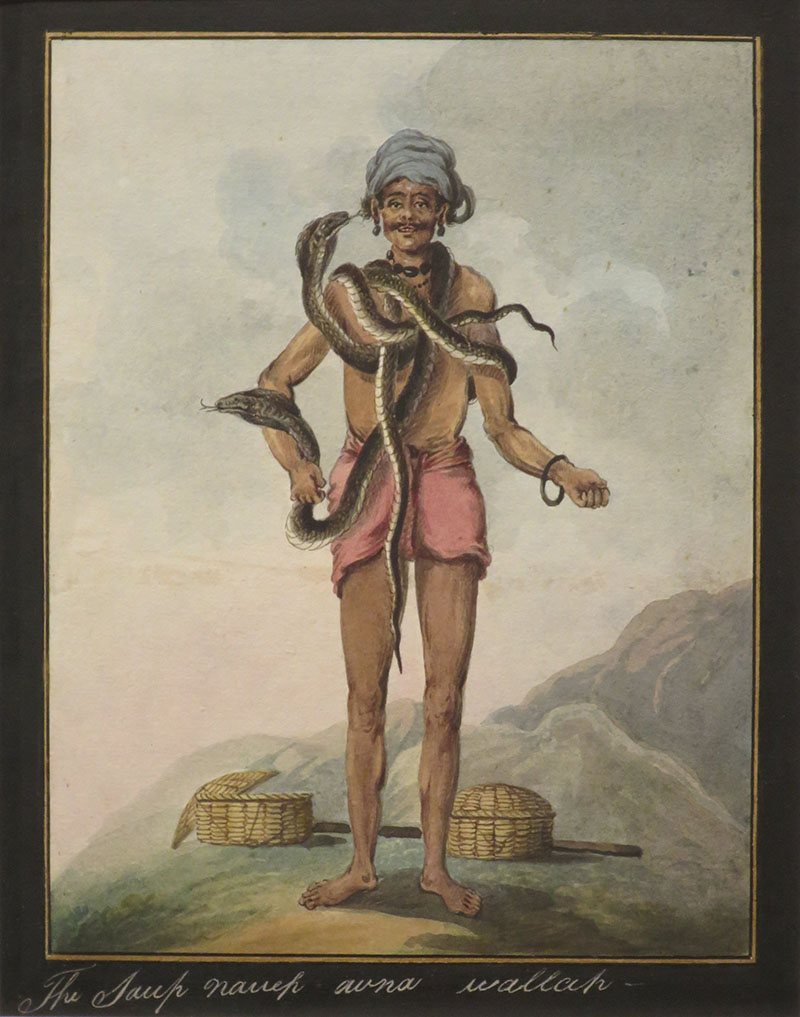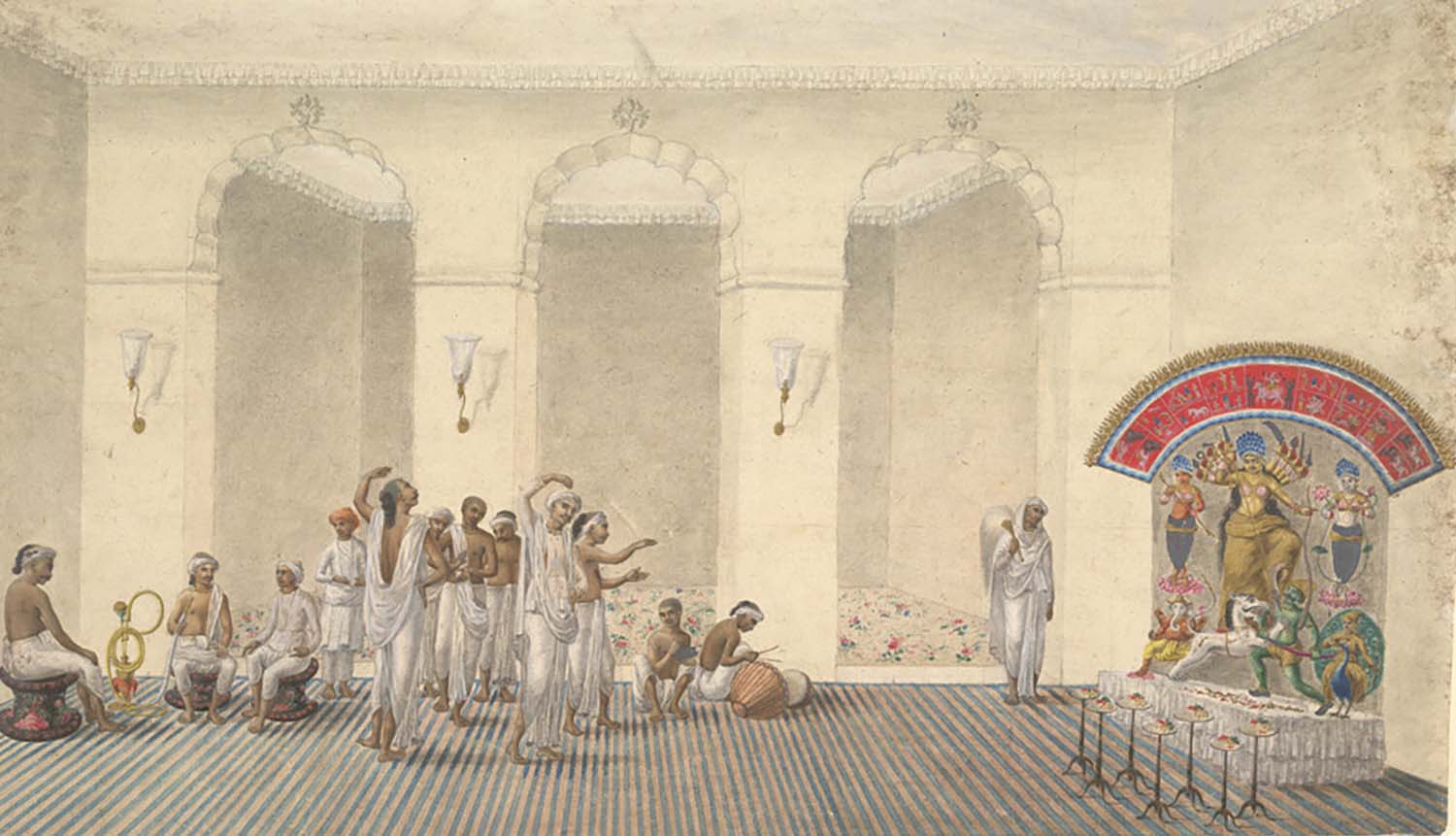ARTICLE
Patna School
The result was the emergence of a composite style of painting, in which the brilliant colours of the Mughal style met the British manner of shading. The ornate borders of Mughal painting were abandoned in favour of a plain white background, which helped draw attention to the subject. Despite thorough knowledge of the scientific perspective, painters of the School, like their Mughal antecedents, used this knowledge only when it contributed to the pattern or decorative quality of the overall image. The style also largely adhered to the material conventions of Mughal miniatures, with the exception of the surface — whereas Mughal miniatures were executed on paper or cloth, artists from the Patna School used a variety of surfaces, ranging from paper to mica, silk, vellum, bone and round ivory. The paper used was either locally produced or imported from Nepal. Colours were made from mineral or natural materials, such as fruits, flowers, barks of trees and blue and red stones, and were prepared in the monsoon (to avoid dust particles) and applied in the winter. All paintings were executed in Kajli Siyahi, which involves applying paint directly on the surface with the brush without a prior drawing or outline. The Patna School is also notable for its depiction of night scenes, which were illustrated by artists using deep shades such as crimson red and peacock blue that were otherwise absent from Company Paintings. Artists created their own brushes with hair from squirrels and horses and feathers from pigeons and eagles for variations in thickness. Java stippling, which consists of dots that look like barley grains, was characteristic of the School’s work, as they gave the painting the appearance of a print.
Since these paintings were bought by European traders as souvenirs, portraiture emerged as the prevalent subject, and the depiction of everyday activities and occupations of the locals became an enduring theme. The School’s paintings were an articulation of the people, especially the working classes within the city, depicting drummers, coppersmiths, local congregations, dancers and singers, as well as various religions and celebrations. The established demand for firkas also coincided with the establishment of the Bihar Lithography — a press set up by Sir Charles D’Oyly and assisted by Jairam Das — which produced books on Indian life and customs that were possibly inspired by and in turn influenced the School’s artists. The press was instrumental in producing prints in large volumes to meet growing demand which, coupled with the advent of photography, led to the School’s decline. The passing of Ishwari Prasad, widely considered to be its last famous artist, in 1950 marked the end of a two-hundred-year-long tradition.
The Bihar government has since attempted to revive the art form, notably through releasing calendar prints of the School’s paintings in 2010. Institutional collections of work from the Patna School exist in the Patna Museum; Khuda Baksh Oriental Library, Patna; Patna University’s College of Arts and Crafts; The National Museum, New Delhi; the Victoria and Albert Museum, London; and private collections around the world.
Bibliography
Our website is currently undergoing maintenance and re-design, due to which we have had to take down some of our bibliographies. While these will be re-published shortly, you can request references for specific articles by writing to hellomapacademy@map-india.org.









